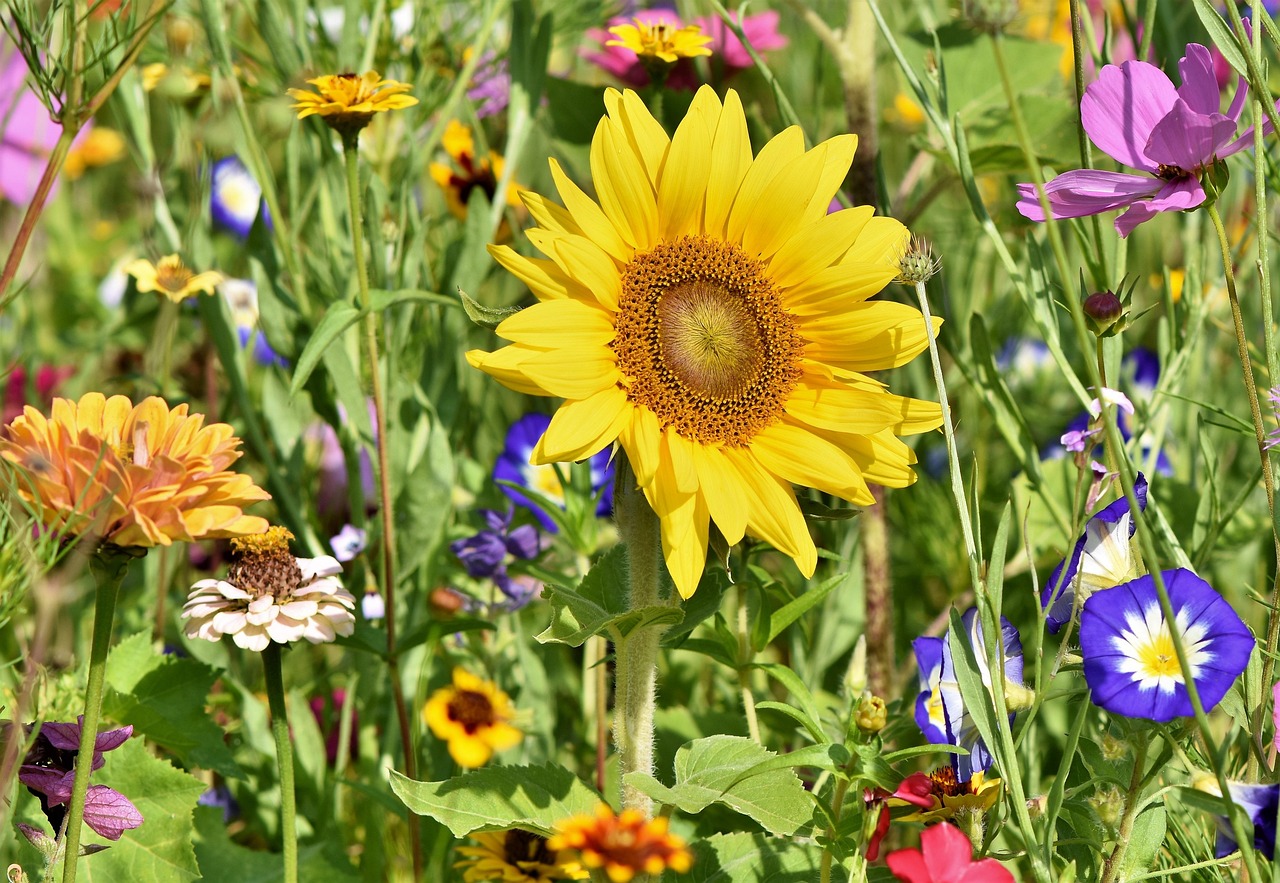Your garden is an extension of your home and personal style, offering endless possibilities for creative expression through intentional design. Whether you dream of a romantic English cottage garden bursting with colorful blooms, a sleek modern minimalist landscape with clean lines, or an exotic tropical garden design that transports you to faraway shores, there’s a garden theme that perfectly complements your home’s architecture and your aesthetic preferences. This article explores various themed garden design ideas to inspire your next outdoor project, with insights on choosing a garden style that reflects your personality and enhances your property’s unique character.
Finding Your Garden Style Identity
Choosing a garden style begins with understanding your personal aesthetic preferences and how they align with your home’s architectural character. The process of selecting themed garden design ideas should consider your region’s climate, your available maintenance time, and how you plan to use the outdoor space. A garden that complements your home creates a harmonious transition between indoor and outdoor living areas. Consider what naturally draws you in when you browse garden magazines or visit botanical gardens. Do you gravitate toward the structured formality of traditional designs, or does the wild abundance of naturalistic plantings speak to you? Your instinctive preferences often reveal the garden style that will bring you the most joy in the long term. Professional landscape designers from AskHomey can help translate your vision into a cohesive plan that addresses practical considerations while honoring your stylistic preferences.
The Romantic English Cottage Garden
The English cottage garden style evokes a sense of nostalgic romance with its seemingly carefree abundance. This garden design features densely planted borders overflowing with a variety of english cottage garden plants that create a lush, informal appearance. Traditional choices include old-fashioned roses, foxgloves, hollyhocks, delphiniums, and lavender, arranged in a manner that appears delightfully unplanned yet offers continuous blooms throughout growing seasons. Pathways of irregular stepping stones or brick wind through the garden, often leading to a charming focal point like a bench or birdbath. The color palette typically embraces soft pastels and vibrant jewel tones intermixed with plenty of greenery. What makes this style particularly appealing is its forgiving nature—a cottage garden actually benefits from a slight touch of disarray, making it perfect for gardeners who prefer a more relaxed approach to landscape maintenance.
The Elegant Japanese Garden
Japanese garden design embodies principles of zen minimalism while creating spaces of profound tranquility. These gardens emphasize harmony, balance, and contemplation through carefully composed elements. Water features, whether actual ponds or symbolic dry river beds created with carefully arranged stones, represent the flowing nature of life. Every plant and stone is thoughtfully positioned to create views that change with the seasons and with the visitor’s vantage point. Traditional plant selections include Japanese maples, bamboo, moss, and carefully pruned evergreens that provide year-round structure. The incorporation of traditional elements such as stone lanterns, bamboo fences, and wooden bridges enhances the authentic character of this garden style. Creating a Japanese garden requires patient attention to detail and an appreciation for subtlety, resulting in a space that invites meditation and provides a respite from busy modern life.
The Sleek Modern Minimalist Landscape
The modern minimalist landscape approach celebrates clean lines, architectural elements, and restrained plant palettes. This style is characterized by strong geometric forms, uncluttered spaces, and a seamless integration with contemporary architecture. Plant selections typically feature striking specimens with bold forms, often arranged in monochromatic groupings for dramatic effect. Ornamental grasses, sculptural succulents, and architectural trees with interesting bark or branch patterns are frequently utilized. Hardscaping plays a prominent role in modern minimalist landscape design, with concrete, steel, and wood combined in innovative ways to create outdoor living spaces that function as extensions of the interior. Water features in this style tend toward the geometric—reflecting pools with crisp edges or water walls with controlled flow patterns. This garden style particularly appeals to those who appreciate orderliness and prefer low-maintenance landscapes that look sophisticated throughout the seasons.
The Lush Tropical Garden Design
A tropical garden design creates a lush paradise filled with exotic foliage and vibrant colors that can transform even temperate climates into seemingly exotic retreats. The hallmark of this style is abundant vegetation with emphasis on dramatic leaf shapes, textures, and sizes. Broad-leaved plants like bananas, elephant ears, and massive philodendrons create a sense of luxuriant abundance. In cooler climates, cold-hardy alternatives that mimic tropical appearances can be supplemented with container specimens that move indoors during winter. Color comes not just from flowers but from foliage variegation and the rich reds, purples, and oranges of tropical blooms. Winding pathways create a sense of discovery, while garden accessories in natural materials like bamboo, rattan, and stone complete the immersive experience. A tropical garden invites sensory engagement with fragrant flowers, the sound of moving water, and the tactile variety of different leaf textures.
For more tips and to connect with reliable home service professionals, follow AskHomey on Facebook and Instagram.



